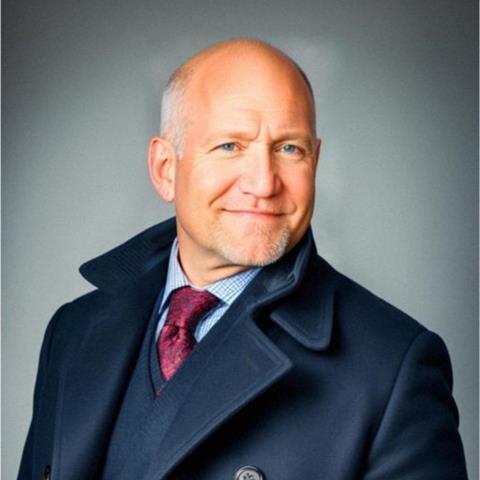Verisk’s Greg Gaydos explained why the US excess and surplus lines are the natural next step for its Whitespace product.

Adapting a product from one territory into another can come with considerable complexity. That is a challenge addressed by Verisk as the technology company has launched its Whitespace product into North America, following its use in the London market.
In some ways, this expansion is a logical progression, as a boom in the US excess and surplus (E&S) market in recent years means that much of this business – consisting largely of catastrophe perils and sophisticated or emerging commercial risks – had made its way to the London market, which the technology firm already has ample experience serving.
Whitespace looks to help brokers and underwriters offer and place business in the global insurance and reinsurance markets, and saw its US launch announced by Verisk earlier this month. Over time, the company’s aim is for it to tap into the $115bn US E&S market through its digital platform.
Doing so means meeting the demands and restrictions of the US market, explained Greg Gaydos (pictured), Verisk’s head of US Whitespace, speaking to Global Reinsurance.
The original templates under the UK version of Whitespace carry the Market Reform Contract (MRC) and Core Data Record (CDR) designations required by Lloyd’s, explained Gaydos.
When the two were launched, the London Market Group openly referred to them as a ‘highway code’ for insurance data. But to adapt the product to the US requires a shift away from this, Gaydos emphasised.
“The current template is built in that format for the London market,” he said. “So, we have to recreate those templates in order to follow the more-traditional US submissions process.”
Expansion follows the growth of US E&S business, much of which has already found its way into the London market. According to Gaydos, the US market is showing great opportunities for new entrants to come in and expand their business.
There are two dynamics of growth in this marketplace, he explained. One is the organic growth of more risk coming in because of the lack of adequate surplus in the traditional admitted market to cover catastrophe risk perils. The other, he explained, is that there is a degree of market hardening either because capacity is being utilised or the volatility of the exposure has changed.
“From where I sit, whether the market is in a hardened cycle or a more competitive softening cycle—which we may see in professional lines, right now—the lack of market efficiency has traditionally existed on both sides of that cycle,” Gaydos said.
“Our ability to help facilitate expense ratio savings, and help a broker increase earnings potential, by being more efficient on that marketplace, whether it’s a hard or soft market, that’s what we are aiming to do.”
He added: “US E&S organisations have traditionally run those differently than the core-admitted lines products. It’s during periods of true growth that they suffer because, as carriers, they can’t get to all the submissions that they’re being offered.”
Now that much US E&S business is softening, in some lines more than others, Gaydos suggested that he sees more rather than less opportunity.
Hard markets are traditionally associated with most opportunity, Gaydos acknowledged, but from his perspective, there may be more opportunity as the market softens and becomes more competitive.
He explained that it is at this point that people notice their expense ratios and subsequently spend more time looking at how to make more money, including through using technology to gain greater efficiency.
Gaydos has been in the sector more than forty years, but looks forwards and not backwards. Ask him his goals and he said that he would like to see a fairly high percentage of the business that originates in the US, then flowing to London, going through Whitespace.
“I think we’re smart enough as an organisation to let our customers lead us to where we are needed the most,” he said.
“There has to be that fluidity to the roadmap. Brokers and carriers will take us where they need us, and our goal is to facilitate those transactions and follow that business,” he added.










No comments yet